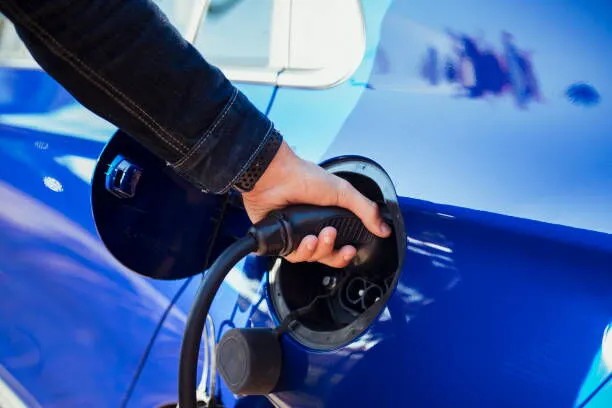


How to Charge Your EV Faster: A Smart Owner’s Guide
How to Charge Your EV Faster: A Smart Owner’s Guide
Topper Company is a professional EV charger manufacturer in China, delivering dependable electric vehicle charging stations and comprehensive solutions.
As electric vehicles (EVs) gain popularity for their environmental and economic benefits, one common question persists: How long does it take to charge an EV? The answer varies widely—from under 30 minutes to over 12 hours—depending on factors like battery size, charger power, and even ambient temperature.
Level 1 (120V): Adds 3–5 miles of range per hour; full charge in 20–40 hours.
Level 2 (240V): Adds 12–60 miles per hour; full charge in 4–10 hours.
DC Fast Charging: Up to 80% charge in 20–60 minutes.
If you’re still using the basic Level 1 charger, upgrading to Level 2 is the most impactful way to speed up home charging. It uses a 240V outlet and significantly reduces overnight charging time. Though installation may require a certified electrician, many utilities offer rebates to help offset the cost.
Extreme temperatures affect charging speed. In hot weather, park in shade or use garage charging. In winter, pre-warm the battery using your EV’s thermal management or “precondition” feature. Models from Tesla and Hyundai handle this automatically.
Charging late at night or early morning not only saves money with time-of-use (TOU) electricity rates but also benefits from less grid congestion—often resulting in more stable, efficient charging.
Cold batteries charge slowly. Preconditioning before arriving at a DC fast charger—either via your app or through onboard settings—can cut down charging time significantly. Briefly using a Level 2 charger beforehand can also help warm the battery.
Charging speed is fastest between 0–60% SoC and slows drastically beyond 80% to protect battery health. For everyday use, it’s best to charge to 80%. On road trips, plan DC fast charging stops between 10–80% for optimal efficiency.
Apps like PlugShare, ChargePoint, and Electrify America help you find fast, reliable chargers. Look for stations offering 150kW or more if your EV supports ultra-fast charging. Some EVs, like Tesla and Lucid, can even pre-warm the battery while navigating to a charger.
Keep charging ports clean, check cables for wear, and avoid frequent interruptions during charging sessions. These small actions can improve long-term charging speed and efficiency.
Automakers release software updates that improve battery performance and charging behavior. Keep your EV’s system up to date to take advantage of improvements in thermal regulation and charging speed.
Top off your battery regularly instead of waiting until it’s nearly empty. For daily use, charging between 20–80% is fastest and best for battery health. On long trips, stop more often but charge less each time.
Conclusion: Fast Charging Is Smart Charging
Getting the fastest charge isn’t just about using the biggest charger. It’s about knowing your EV’s capabilities, planning around battery temperature and charge level, and using tools to optimize every session. With these smart practices, you’ll reduce charging time and make EV ownership more convenient and efficient.Know more about Google SEO Directory
